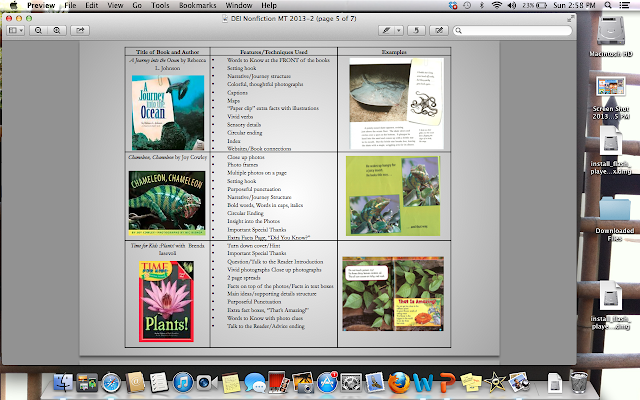There were new teachers and veteran teachers. Primary level teachers and upper grade elementary teachers. Middle school teachers and reading specialists. Administrators and college professors. Each and every one ready to learn more, talk more, and share more about writing instruction and how to make it more effective and more efficient.
The days were filled with lively discussion, healthy debate, thoughtful questions, and shared laughter about what we, as educators, do in our classrooms each and every day. Being surrounded by educators who were so dedicated and enthusiastic in making their writing instruction more relevant, authentic, and meaningful for their students made me remember why collegiality is such an important part of our any profession (or any profession for that matter).
A highlight of the conference for me was when I got to sit and listen to two of my colleagues, Tara Falasco and Kathleen Masone, as they spoke about "Test Writing as a Genre". I sat in awe of their knowledge and passion for writing and learning, in general. I asked questions, shared anecdotes, reflected on my own teaching practices, and connected with their words about embedding test writing into our every day experiences.
Picture books were a major focus of the day and teachers got to explore and investigate the many possibilities for teaching writing using some of our favorite texts in informational, narrative, and opinion writing.
Here are a few slides from three of the sessions that dealt with the power of mentor texts in Writing Workshop.
Opinion Mentor Texts
Informational Mentor Texts
Narrative Mentor Texts
For longer lists of mentor texts, full slideshows of all six sessions, photos, and other handouts shared at the conference visit this link at www.literacy-matters.net
We hope to see even more dedicated teachers at our summer 2014 conference!








































